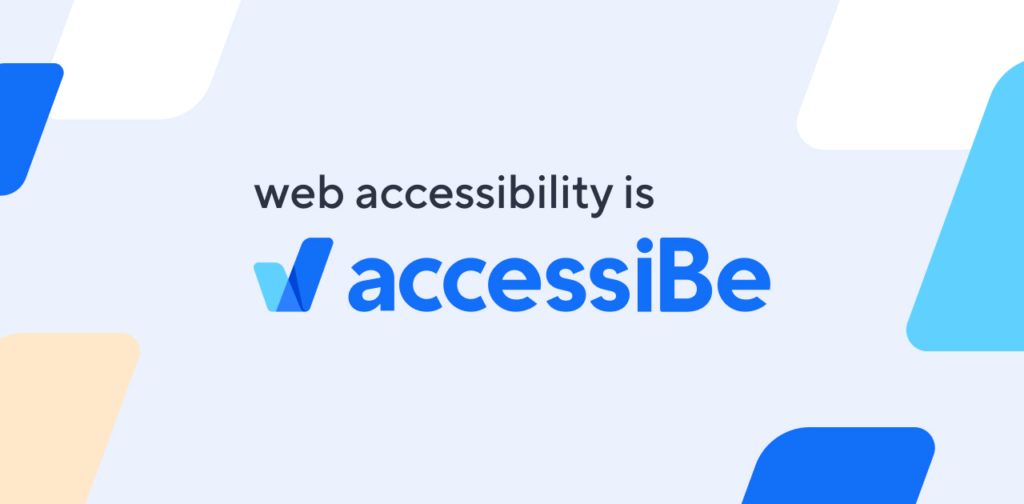Web accessibility is about making websites accessible to all people, including those with disabilities. Along with a growing trend across the globe, web accessibility is also mandated by law in different countries. Noncompliance with accessibility regulations may invite hectic penalties and other legal complications for the website owners.
In fact, along with the legal compliance accessibility can give, there is another reason too in being compliant. There are about sixty million people with disabilities, and every one out of 10 Americans lives with some disabilities. So, when your website becomes accessible to all, it will be open and accessible to a larger customer base, which will, in turn, help your reach and results. Web accessibility offers certain advantages in terms of search engine optimization (SEO) too, which we will discuss below.
Accessibility and SEO – AccessiBe
- SEO aims at increasing the ranking of the web pages on the search engine result pages. The majority of the SEO efforts aim at improving organic traffic. AccessiBe specifies that websites need to meet SEO best practices in order to rank higher as offering good quality content, ensuring technical perfection, and following best design practices. Search engines have disclosed their major ranking elements from time to time, and accessibility is one among those.
- Web accessibility is now a legal mandate as per the Rehabilitation Act 1973 and Americans with Disabilities Act 1990. At the time of its initiation, accessibility mostly referred to the physical entities as having wheelchair ramps at public buildings and braille signboards, etc. But, as the internet gained ground in the last couple of decades, web accessibility is also a growing specialty. Back in 2006, in response to a lawsuit, the judiciary also observed websites as public accommodation places similar to a brick-and-mortar stores.
Benefits of web accessibility in SEO
Web accessibility primarily aims at good UX (user experience) design with a user-first approach. The goal of accessible design is exactly the same as building a web page with technical perfection. For example, it is mandatory to have legible text for people with vision impairments to understand it. There should be straightforward navigations for those who suffer from cognitive impairments to navigate easily using the keyboard. The load time should be quick in order to hold back the users on the page and let them take any actions on the page.
There are the same requirements for enhancing search engine visibility too. Google made it clear that the websites offering a better user experience will rank higher on the search engine result pages. Compared to websites having poor UX, better build websites naturally tend to rank high. So, accessibility is a major search engine ranking factor, according to AccessiBe. Quality content, internal linking structure, the responsiveness of web pages, etc. too, play crucial roles in deciding the page ranking on search engine result pages.
So, we can see that the best practices in both SEO and web accessibility coexist the same in many areas. So, these are mutually satisfying for the website owners to enjoy double benefits.

More Stories
How has the Spanish real estate market been affected by the pandemic
Here Are The Best Trading Platform Australia For Your Online Trading Needs
Anycubic Photon Mono X Review